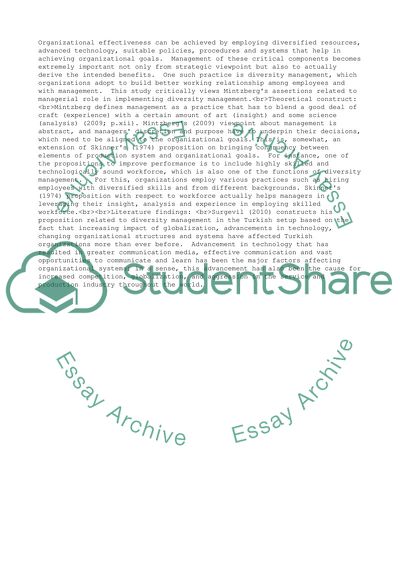Cite this document
(“The role of technology and management for the success of an Essay”, n.d.)
The role of technology and management for the success of an Essay. Retrieved from https://studentshare.org/management/1586334-the-role-of-technology-and-management-for-the-success-of-an-organization
The role of technology and management for the success of an Essay. Retrieved from https://studentshare.org/management/1586334-the-role-of-technology-and-management-for-the-success-of-an-organization
(The Role of Technology and Management for the Success of an Essay)
The Role of Technology and Management for the Success of an Essay. https://studentshare.org/management/1586334-the-role-of-technology-and-management-for-the-success-of-an-organization.
The Role of Technology and Management for the Success of an Essay. https://studentshare.org/management/1586334-the-role-of-technology-and-management-for-the-success-of-an-organization.
“The Role of Technology and Management for the Success of an Essay”, n.d. https://studentshare.org/management/1586334-the-role-of-technology-and-management-for-the-success-of-an-organization.


